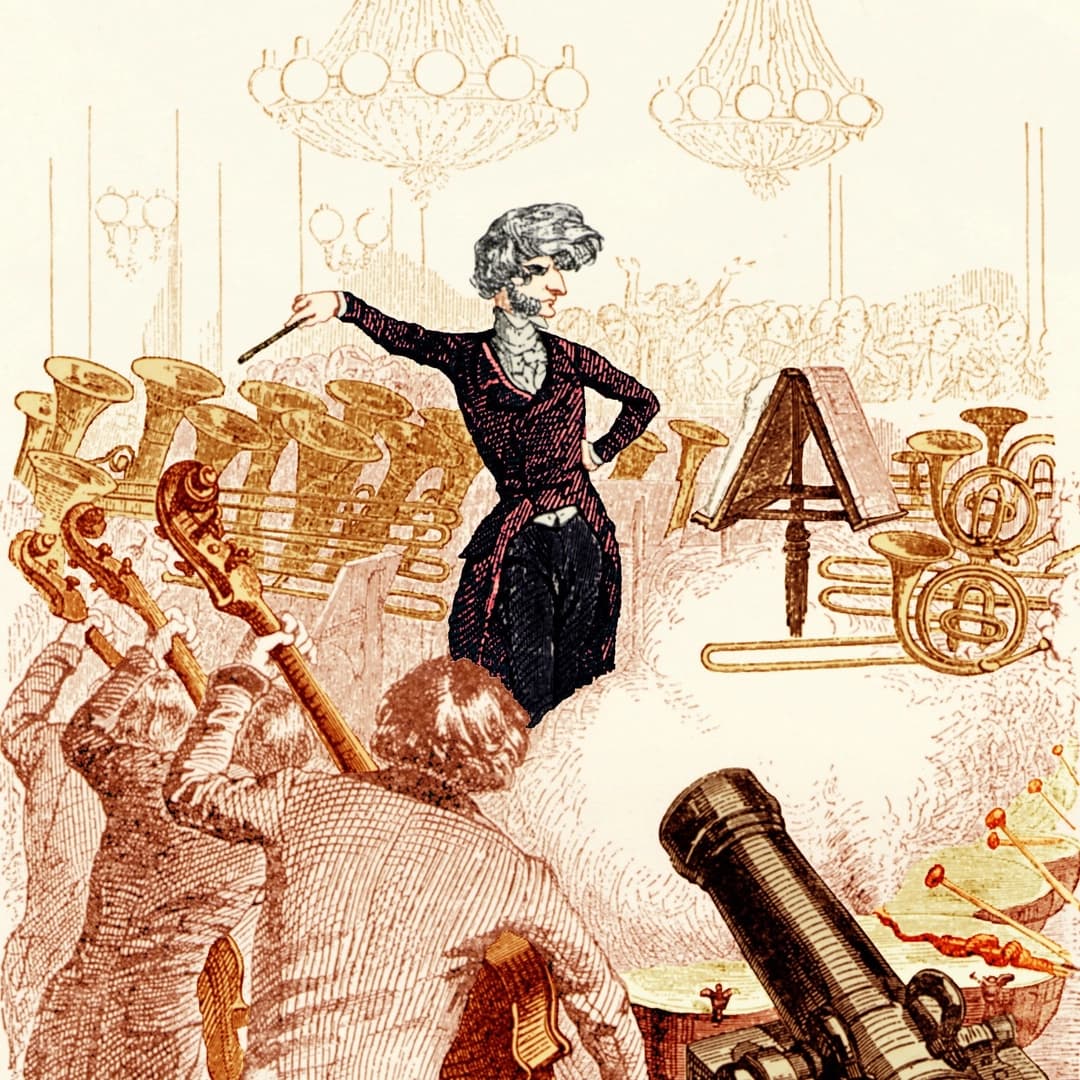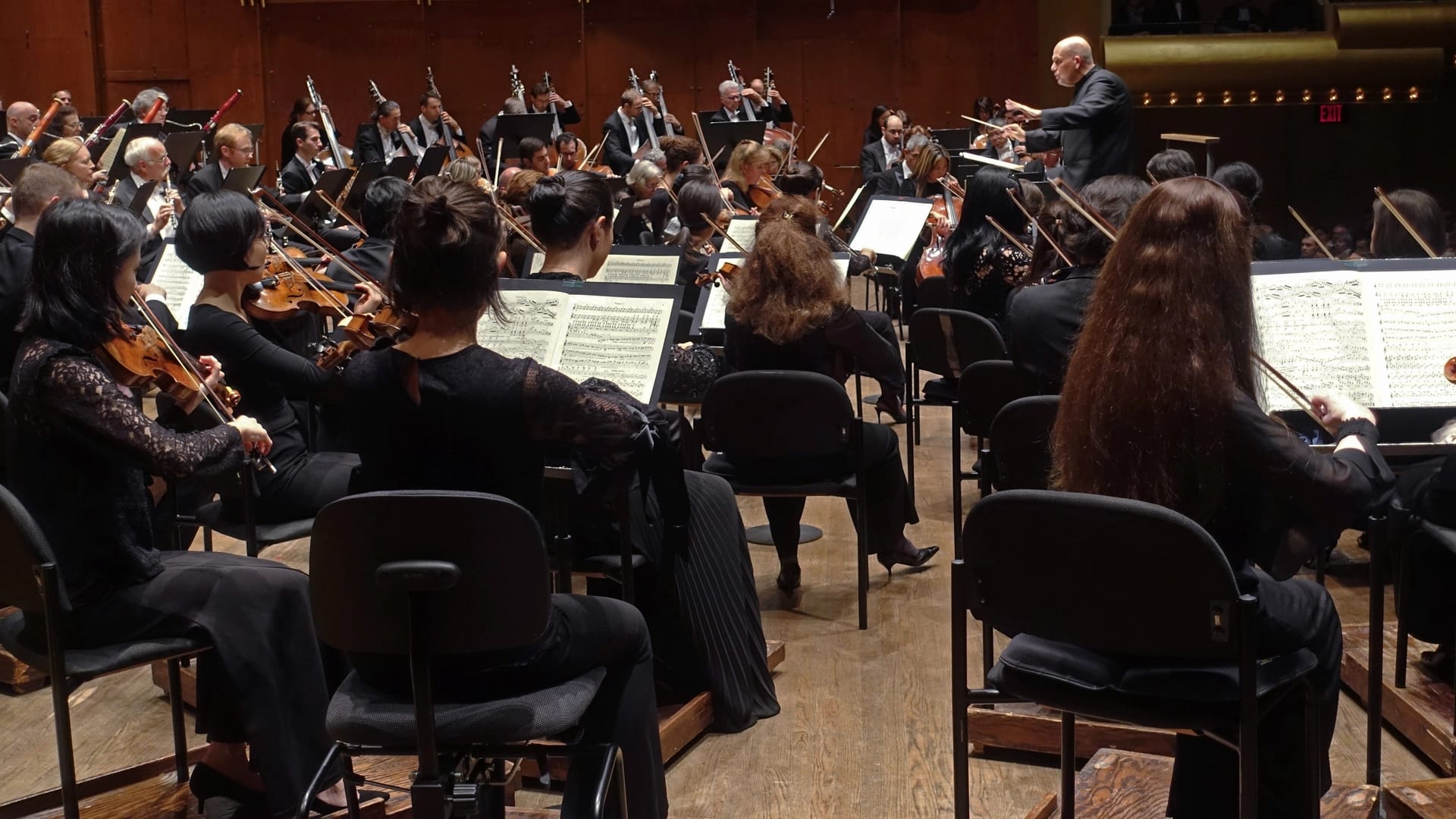
History & Art Images (HAI)/Getty Images
Listen to the episode!
This week, we're heading to France for something Romantic... something fantastique.
Howdy, howdy, howdy! I’m Solomon Reynolds, and this is: Saturday Morning Car Tunes! This morning…
Berlioz’s music is still getting sampled today by artists like 2 Chainz and Juelz Santana. But who the Hector is Berlioz anyway?
Hector Berlioz was born in France in 1803, about thirty years after Beethoven. His dad was a doctor who hoped he would also take up medicine, but Berlioz couldn’t resist music. He never studied the piano. Instead, he learned to play the guitar and flute, like in this duet by Ferdinando Carulli.
When Berlioz chose music over medicine, his dad didn’t support him. To prove himself, Berlioz entered the Prix de Rome, the most prestigious music competition in France. He eventually won first prize with this cantata, The Death of Sardanapalus.
After watching the Shakespearean actress Harriet Smithson perform, he instantly fell in love with her. For years, he was obsessed. Eventually, his love turned sour, and all that built-up emotion became his Symphonie fantastique. The music tells the story of his passions, dreams, and frustrations.
And then Berlioz fell in love again, this time with another young woman, and even proposed to her. But while he was away studying in Italy, she chose to marry someone else. After healing his broken heart, Berlioz wrote a sequel to his Fantastic Symphony called Lélio, or the Return to Life.
But Berlioz didn’t just write music for lovers. He also composed military music for the government. Here’s the United States Marine Band performing his Grand Funeral and Triumphal Symphony.
Throughout his life, Berlioz wrote French art songs. This is “Villanelle” from his song cycle Summer Nights.
Berlioz was a master orchestrator, using instruments like a painter uses colors. The Te Deum is famous for its big sounds and rich orchestral colors.
In addition to instruments, Berlioz also used space to shape his music. In his Requiem, the orchestra is joined by 16 timpani (or giant drums) and four brass choirs placed at the four corners around the chorus. This music needs a large building to show its full power.
From highs to lows, Berlioz knows which way it goes.
I’m Solomon Reynolds. I write and produce Saturday Morning Car Tunes, with research assistant Carolina Correa and audio engineer Stephen Page, only on Classical California. Tune in—or out of your car—next Saturday morning!







